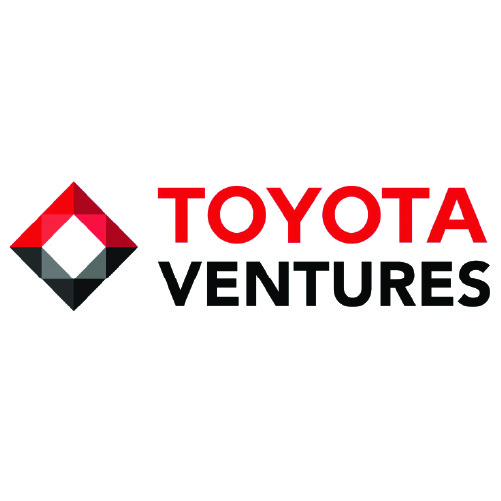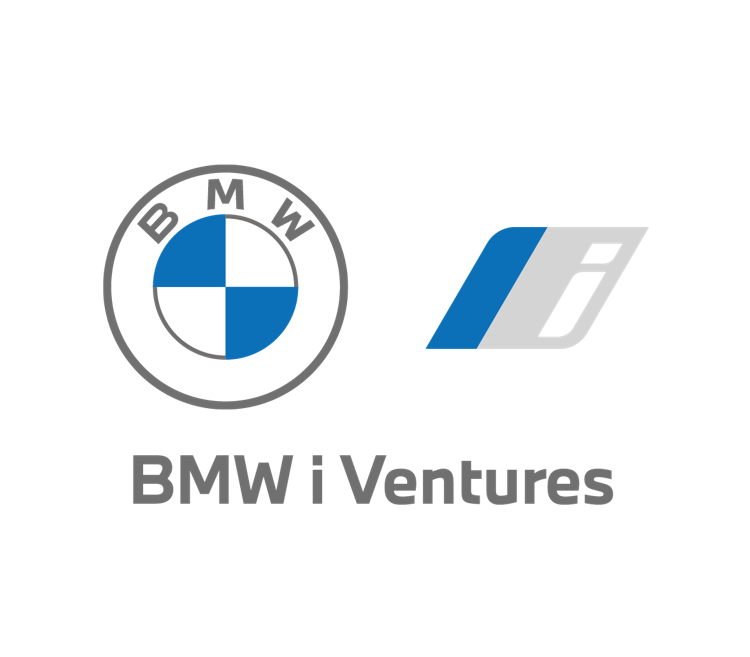Goodyear Ventures Leverages Its CVC & Incubator to Innovate Internally and Externally
May 13, 2024
Interviewed by Nicolas Sauvage on July 25, 2021
Born during the COVID-19 pandemic, Goodyear Ventures has found a way to negotiate the remote-workflow world to achieve success for itself and its portfolio companies. Fund Managing Director Abhijit Ganguly told TDK Ventures President and the Corporate Venturing Insider how his team managed to perform due diligence and introduce itself to entrepreneurs without access to personal contact.
As things return to some semblance of normal, Abhijit said Goodyear Ventures has been able to learn from the process.
“It has been terrific to see some of the technology work that we have jointly undertaken with many of our startup partners,” he said.
Gaining Traction
Abhijit’s diverse background — an engineer with an MBA focused on business growth — aptly suits his modern role spearheading corporate investment efforts at Goodyear Ventures. While he agrees that no single profile guarantees CVC success, Abhijit explains that his experience and education provide him with the ability to deploy “the most important characteristic of a successful CVC, the ability to reach out to entrepreneurs and understand the type of problems that they’re trying to solve.”
Effective CVCs connect external innovation to internal priorities, so he focuses on that outreach mindset.
Abhijit’s technical knowledge helps him assess new innovations, inform his productive engagement with startups, and ensure that the technologies they develop are feasible, commercializable, and applicable to the Goodyear mothership’s ambitions.
As an engineer who is “comfortable in understanding technology and what might work, “ he also possesses “a deep understanding of the corporation whose priorities we’re serving.”
Because Goodyear operates globally across the Americas, Europe, China, India, and the Middle East, with distinct regional organizations, he and his team must immerse themselves in these businesses and span siloed insights. Abhijit applies a decade’s worth of internal perspective to bridge the divide. His affinity for engaging entrepreneurs combines with organizational know-how to spot promising startups and shepherd them to the right internal partners.
“Whether you are moving into a corporate venturing role from the outside, or you are an insider moving into a corporate venturing role, it is important to have a feel for the overall what we call the mothership or the parent company for which you are building the CVC function,” he said. “Being able to bring startups uniquely to our business units” is the ultimate metric of CVC impact. However promising the technology is, it must align with business priorities.
Building Inside and Out: CVC and Incubators
Initially managing Goodyear’s incubator programs gave Abhijit hands-on experience fostering innovation adoption. He sees corporate incubators and venture funds as important complementary innovation tools.
He says the incubator took priority at Goodyear, as the company “needed to focus time and effort and resources and even metrics and measurement systems separately from our core business. At the same time, the incubator was very closely linked to some of our core assets because the Goodyear brand and retail networks are technology elements. All those things were leveraged by the incubator. So it was not a rogue operation by itself. It was very tightly linked to some of the core assets that Goodyear could bring to bear.”
While initially Goodyear was not convinced corporate venture would be needed given the incubator’s mission, it quickly determined the two initiatives could work well in tandem. The motivation for launching the CVC fund in 2020 was to accelerate understanding of the rapidly changing mobility ecosystem. For Abhijit, running a CVC requires recognizing and adapting to the faster pace of startups. Instead of looking inward at corporate timelines, CVCs need to look outwards and be guided by their portfolio companies’ urgent needs. He said that while there is some overlap in the skills employed to operate incubators and CVC funds successfully, they are different enough to make it difficult to establish them at the same time.
Incubators need a big-picture vision of the future, whereas CVCs need sharp execution skills to move rapidly. Abhijit said a sequential rollout based on the maturity of innovation programs makes the most sense. In Goodyear’s case, incubation came first to explore the future of mobility. Once promising areas were identified, corporate venturing was added to deepen relationships with startups via investments. The hands-on operating experience with incubation also helped strategically position the later-launched venture fund.
Mission, Mobility, and Marketability
As a mobility-focused, follow-on fund, Goodyear Ventures is positioned to make a difference with an initial allocation of $100 million. Abhijit seeks to build consortia of like-minded investors who appreciate Goodyear’s leadership, market position, and resources that startups find invaluable. While remaining agnostic on hard investment counts, Goodyear’s existing portfolio reflects areas Abhijit sees as strategically important. He focuses on “electrification trends, which are very much deeply taking root in our industry” and areas like “autonomous vehicles…which we believe…are coming to fruition.” Connectivity also features, given its nexus with tires. Since the tire is the only part of the car that touches the road, tire sensors provide a unique added value to autonomous driving technologies.
“The real reason we set up the corporate venture capital fund was to add an extra dimension to how we learned and to bring in external perspectives from founders who were pushing the boundaries of learning in the mobility ecosystem,” he said. “The mission remains the same. To learn, to explore, and to keep up with…the breathtaking pace of change that is happening in the ecosystem.”
The dizzying pace of change in mobility has created an opportunity for the fund to accelerate its future-proofing by channeling insights from the ecosystem’s edge, where targeted investments create value for startups and are relevant to the direction the mothership might take in the future.
Abhijit focuses on dimensions tied to Goodyear’s specialized products and services.
“The way we are different is that we are investing within those dimensions,” he explained. “Many people may not realize this, but Goodyear is not just a tire company. We have a substantial presence in retail and services and solutions — how services solutions evolve.”
Goodyear Ventures ultimately targets niche areas complementing R&D and traditional VC. The corporate fund’s lens leads to insights untapped by general mobility investors but directly relevant to Goodyear’s services and customers over time.
Talent: Where the Rubber Meets the Road
Ganguly says assembling the right team and the right mix of skills is key to bridging the gap between startups and the parent corporation.
“We recently hired a startup liaison person who will be supporting the activities of connecting the startup to our mothership,” he said. Their role will be to identify “if there is a technology project that we want to do with a given startup where we can become their customers or if there is a joint technology development that we can do with the startup, where they can take that product and supercharge their growth. All of these activities need to be carefully managed.”
For this “new leg” strategic role, Abhijit sought someone deeply embedded within the Goodyear business units and R&D organization. The hire had to intimately understand regional nuances and how corporate assets could supercharge startups while supporting internal innovation.
Beyond this new specialized liaison role, Abhijit emphasizes that investing expertise remains vital. By strategically supplementing financial and investing acumen with the ability to interface smoothly between external startups and internal corporate groups, Abhijit can “make sure linkages are happening in a very productive way” through the hiring of T-shaped talent — investing generalists who have developed specialized skillsets bridging the parent corporation and startup ecosystem.

 As an incubator, Goodyear Ventures has a CVC arm, but only as a follow-on investor. They will find like-minded investors and participate in later rounds to minimize risk.
As an incubator, Goodyear Ventures has a CVC arm, but only as a follow-on investor. They will find like-minded investors and participate in later rounds to minimize risk. 



















